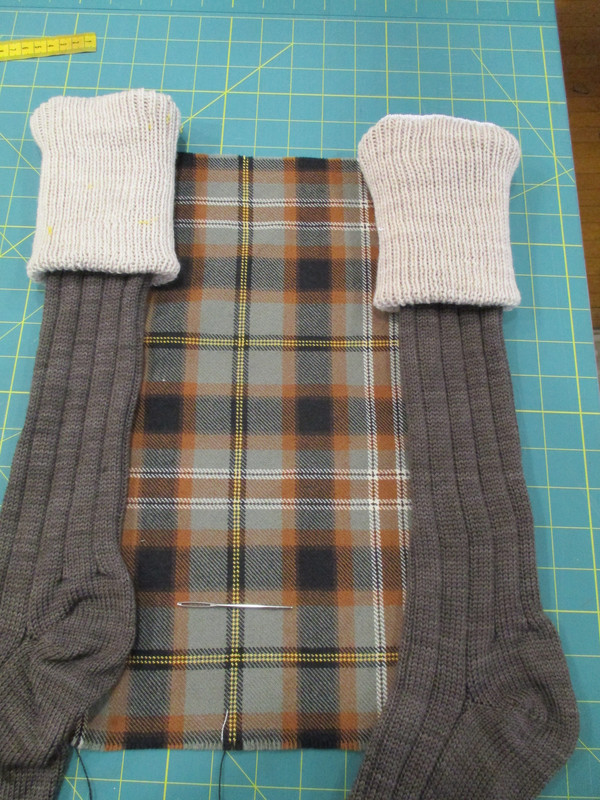X Marks the Scot - An on-line community of kilt wearers.
|
-
20th April 25, 09:02 PM
#3
There are a wide and confusing range of ways that yarn is categorized and measured.
In general, if you see yarn listed with two numbers like a fraction - ie 16/2 it will usually be a weaving yarn.
There will normally be some letters before the numbers. ie Nm or Ne.
The first number usually means how heavy a single ply of the yarn is. (but these numbers can be reversed under some systems.)
Nm 16/2 means that there would be 16, 1000meter lengths in one Kilogram. This is the Metric Cotton Count. This may or may not be used for wool.
Ne 16/2 would mean that there are 16 lengths of 840 yards of yarn in one pound. This is the English Cottom Count, which also may or may not be used for wool.
The second number would be how many plys are in the yarn.
This is a 3 ply knitting yarn which is measured by at least 8 different and totally unrelated systems.

A very common Tartan weaving Yarn is 20/2 wool.
Here is just one source - https://woolery.com/lamana-milano-yarn.html
If you see the yarn listed as no.2, WPI, with a word like 'lace', or meters/100 grams you are usually dealing with a knitting yarn.
Each country such as the UK, the EU, AU, and Japan all use different systems.
The British Ply System is totally different from the Craft Yarn Council numbering system and has nothing to do with how many individual plys are in the yarn.
This is a kilt made from hand woven fabric, in the Wildcat Tartan, woven by one of our members. He used 20/2 wool yarns for most with the yellow being silk.

The loom he used was a 48 inch, 12 shaft, manual dobby, with flying shuttle which is now owned by my wife.
His hose were knit by me on my Hand-Cranked Circular Sock Knitting Machine in color-coordinating colors.
Here is a sample of the fabric and the hose.
If I am not mistaken this was 16oz fabric woven from Merino and silk at 80 epi.

That is a 1 inch grid on the table.
Last edited by Steve Ashton; 20th April 25 at 09:19 PM.
-
The Following User Says 'Aye' to Steve Ashton For This Useful Post:
 Posting Permissions
Posting Permissions
- You may not post new threads
- You may not post replies
- You may not post attachments
- You may not edit your posts
-
Forum Rules
|
|
















Bookmarks